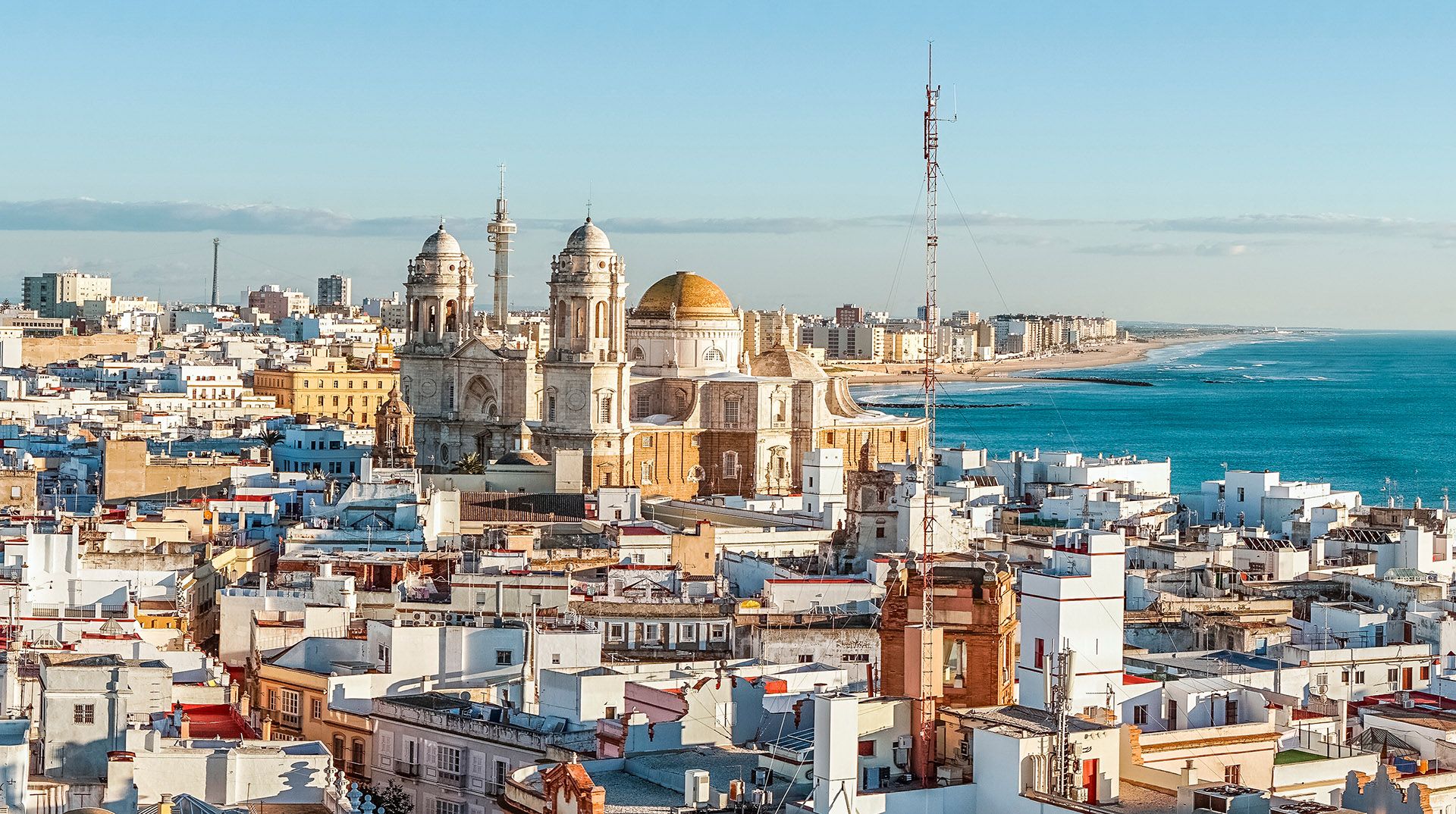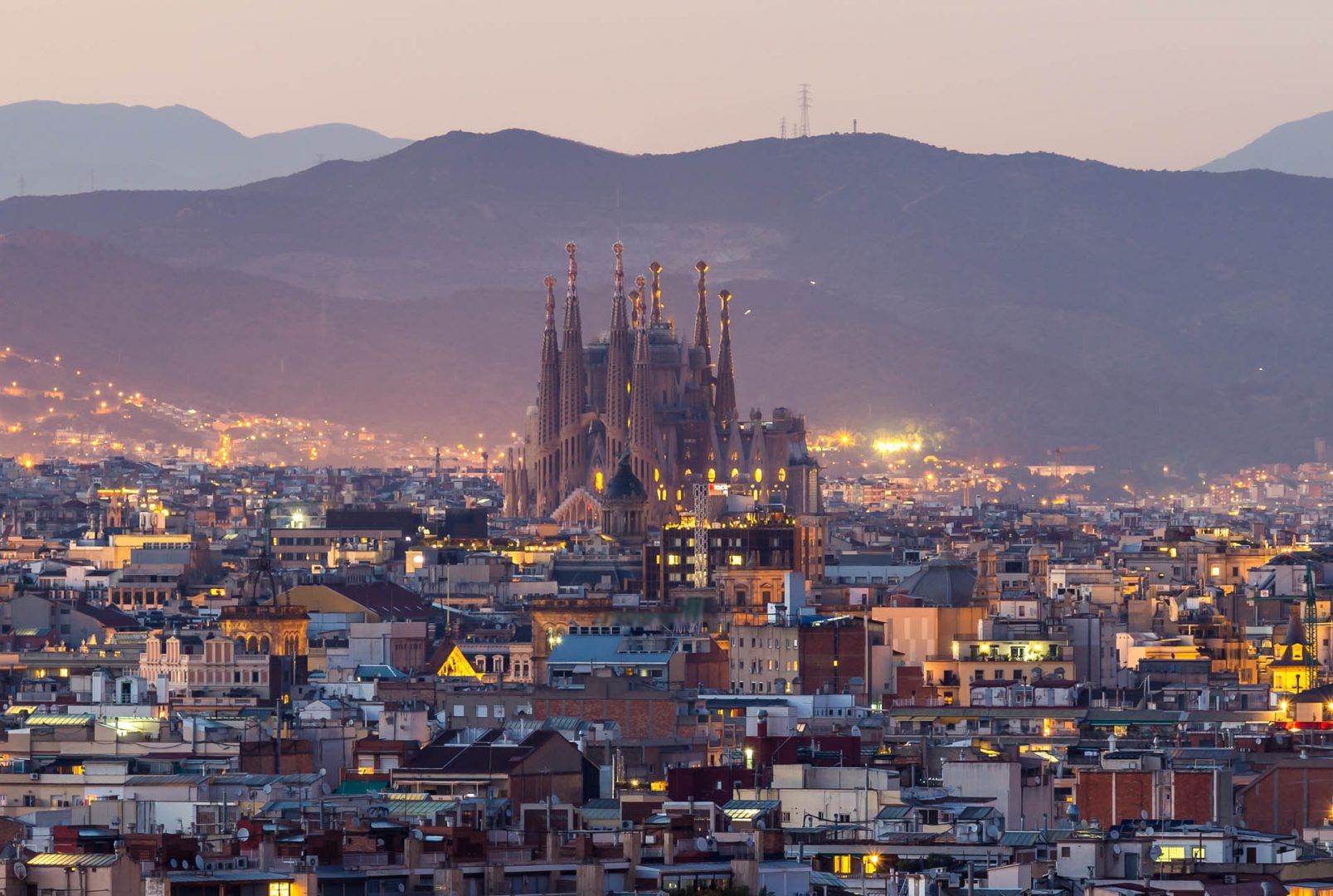Best accommodation types in Spain
Forget bland chain hotels – accommodation in Spain is full of charm, history, and personality. You can sleep in a medieval stone house in Aragón, a beachside surf hostel in Cádiz, or a rooftop apartment in Madrid with skyline views and a coffee machine. Here’s how to choose what suits your trip, based on budget, vibe, and how you like to travel.
Hostels and hostales
From €25 per night
Spain’s hostel scene is lively, social, and surprisingly stylish. In Barcelona, Granada, or surf towns like Tarifa, expect rooftop terraces, pod-style bunks, and communal paella nights. If dorms aren’t your thing, look for hostales – simple, family-run guesthouses with private rooms and just enough comfort. They’re everywhere, from quiet hill towns to city centers, and you might get insider tips from your host that you won’t find in any guidebook.
Pensiones and budget hotels
From €35 per night
A solid upgrade from hostels, pensiones, and budget hotels is a go-to for short city breaks. Often located above shops or cafés, they’re especially common in smaller cities like León, Salamanca, or Zaragoza. The decor might be stuck in 1983, but the rooms are clean, central, and come with the basics – sometimes even a balcony. Perfect if you're just after a private place to crash between tapas crawls.
Boutique hotels and guesthouses
From €70 per night
This is where Spain really shines. Boutique stays offer character, comfort, and location. Think converted mansions in Seville with leafy patios, design-forward guesthouses in Valencia, or modernist gems in Bilbao. Many are family-run and full of local flavor – breakfasts with homemade tortilla, hand-picked décor, and recommendations that go beyond the usual tourist spots. For many, this is the sweet spot of where to stay in Spain.












